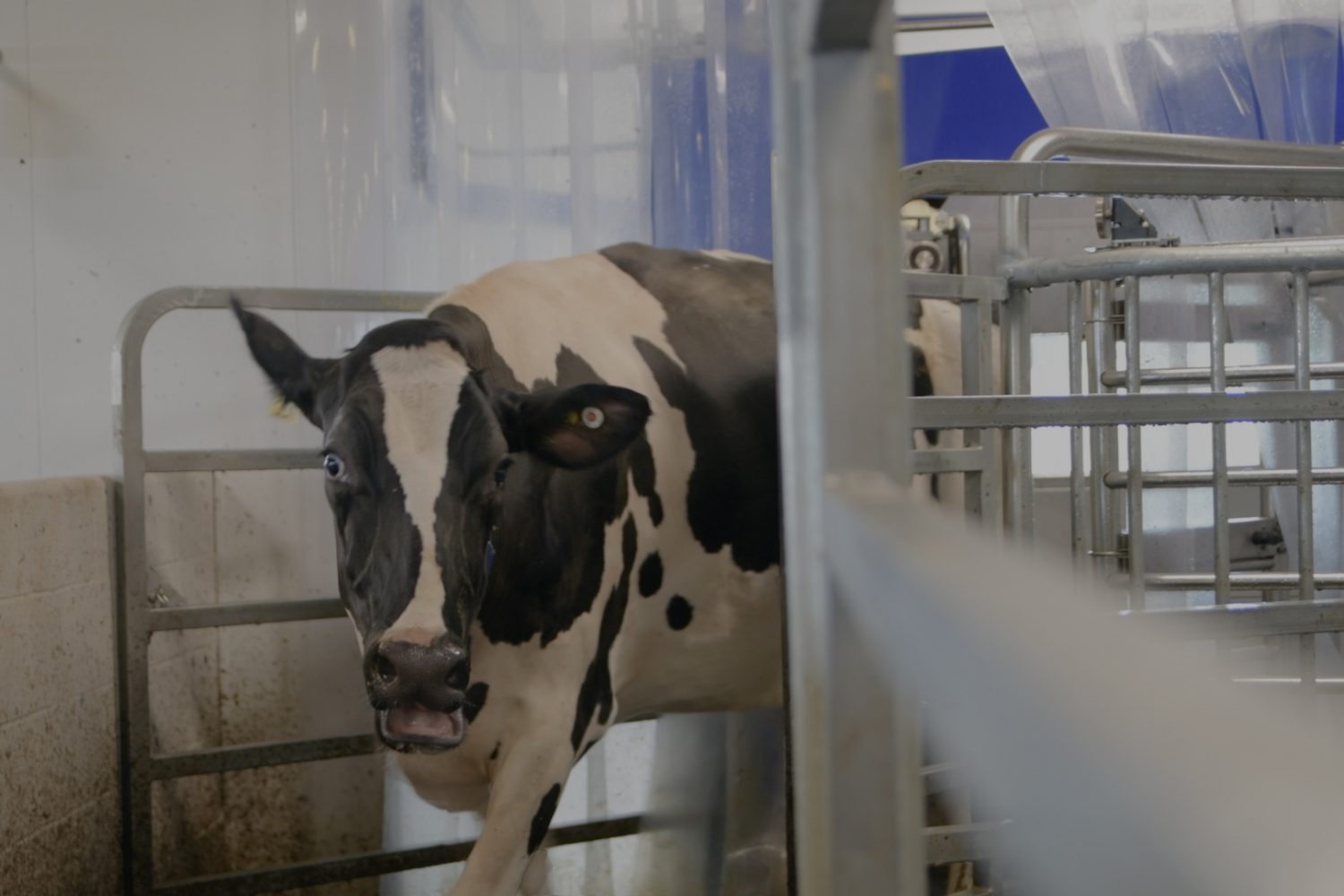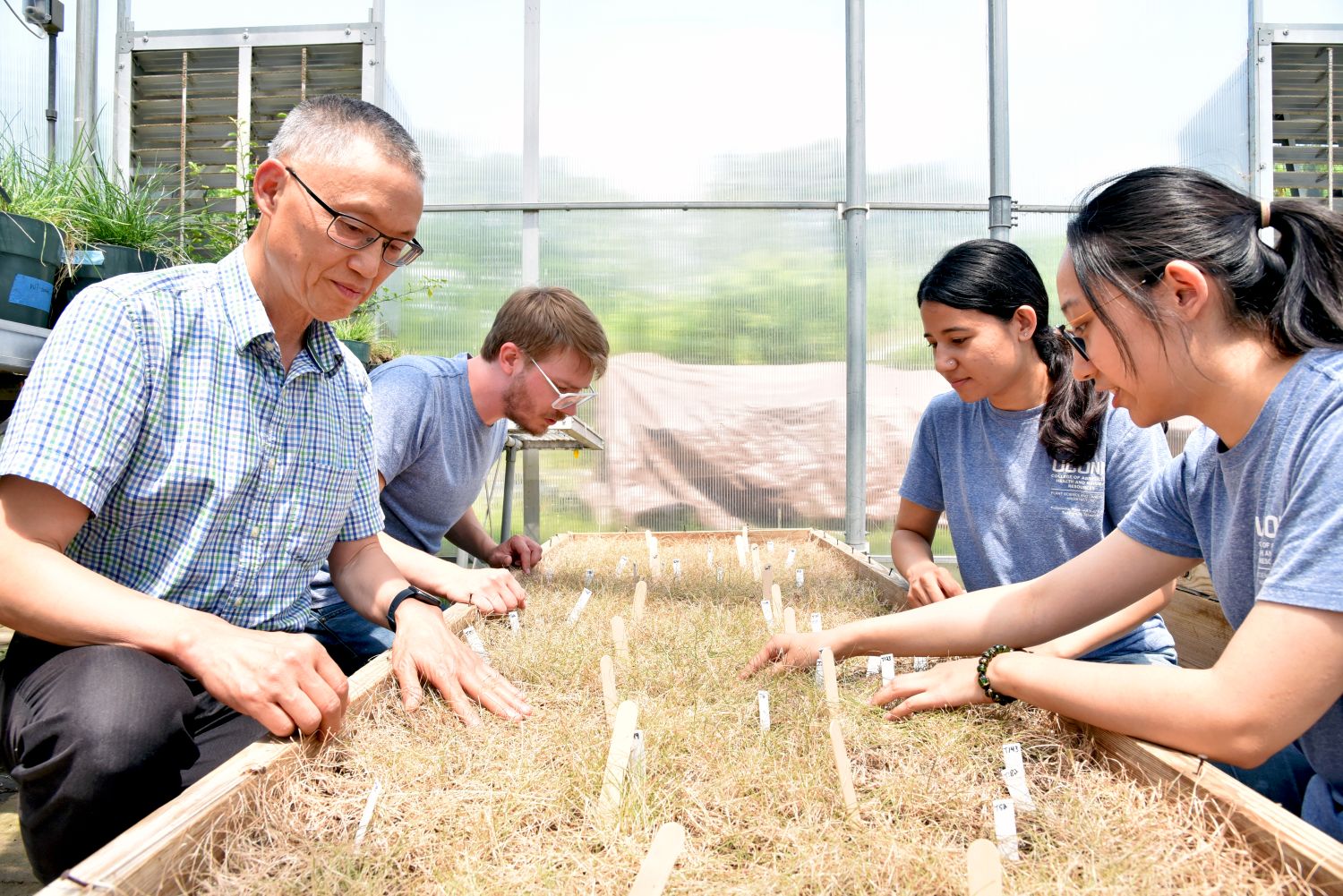In 2019, a group of researchers in Japan published a study that promised the potential to revolutionize sex selection for scientists, farmers, and potentially even human fertility treatments.
This method focused on a set of genes called Toll-like receptors 7 and 8 (TLR7/8). These genes are localized on the X chromosome, making them a promising candidate for sex selection by chemical activation which can be applied on farms.
Sex differences are based on which set of chromosomes an animal has – females have two X chromosomes, and males have one X and one Y. The X chromosome has hundreds more genes than Y chromosomes. So, the scientists thought that by identifying some of the unique genes on the X chromosomes, they could develop a faster, more efficient and convenient, as well as less expensive sex selection method.
However, as a new paper by Ruifeng (Ray) Zhao, PhD student, and Xiuchun (“Cindy”) Tian, professor of animal science in the College of Agriculture, Health and Natural Resources, shows, this was not the case at all. This work was recently published in iScience.
“We realized this doesn’t make any sense,” Zhao says. “These genes can be activated by certain viruses and if only the X-sperm have them, viral infection can cause a severe sex ratio bias.”
Before X and Y sperm separate, during the process of spermatogenesis, they are linked and share proteins and mRNA. Thus, even after they separate into individual cells carrying different sets of DNA, they will still have many of the same proteins, including TLR7/8.
“The reason why the sperm are linked until they’re released, is because nature, evolution wanted to conceal the difference between X and Y sperm,” Tian says. “That way you ensure there is a balance of sex ratios in future generations. Just a 1 to 2% imbalance in sex ratios can be devastating to a species.”
Zhao and Tian disproved the method proposed in the 2019 paper using mouse, cattle, and human sperm samples. They found that TLR7/8 were present in equal proportions in X and Y sperm.
“In scientific discovery, there can be mistakes made,” Tian says. “We believe this is one of those. We saw something that we thought was not right, so we needed to produce the data to demonstrate that this is inconsistent with what we know about sperm biology.”
Because nature has a vested interest in maintaining balanced sex ratios, and relies on a single gene to differentiate sex, it is extremely difficult for scientists to find ways around this natural process.
The existing sperm-sorting method, developed by the USDA in the 1980s, is highly inefficient. This method uses DNA content differences to select X or Y sperm. However, this requires scientists to discard 90% of the sperm they are trying to sort because most X- and Y-sperm have indistinguishable amount of DNA content. The machine to do this sorting is also extremely expensive and the activity can only be completed in special facilities.
The ability to select for sex is important for the agricultural industry, as males and females are needed at different stages and for different types of production. For example, dairy farmers need female cattle to produce milk. But beef farmers want male cattle for meat production purposes since they grow more muscle.
This is also important for scientific research when scientists are studying differences between how females and males respond in a trial.
A cheap and reliable sex selection method could even be used in human IVF treatments.
Despite this setback, the search for a better sex selection method persists.
“There are so many things that we still don’t understand,” Zhao says. “There is more work to be done to understand those mechanisms, and probably, in the future there will be a better solution.”
This work relates to CAHNR’s Strategic Vision area focused on Ensuring a Vibrant and Sustainable Agricultural Industry and Food Supply.
Follow UConn CAHNR on social media



